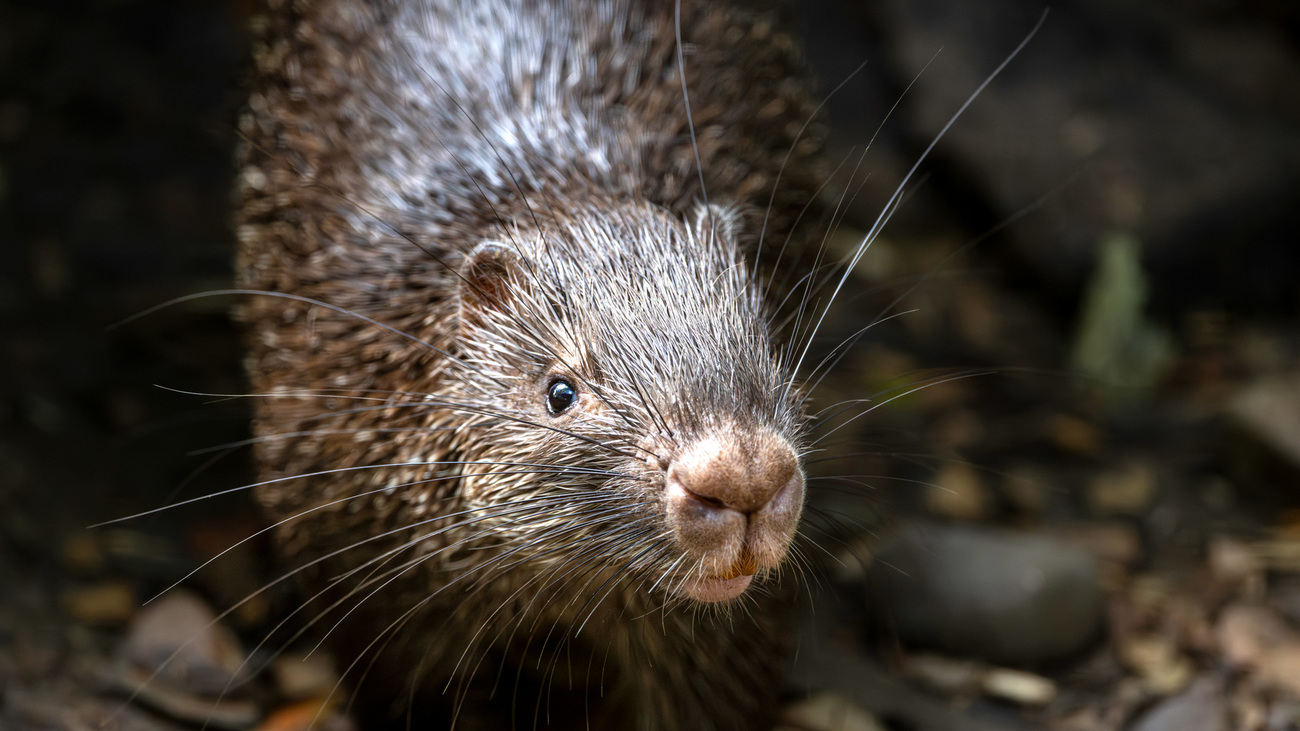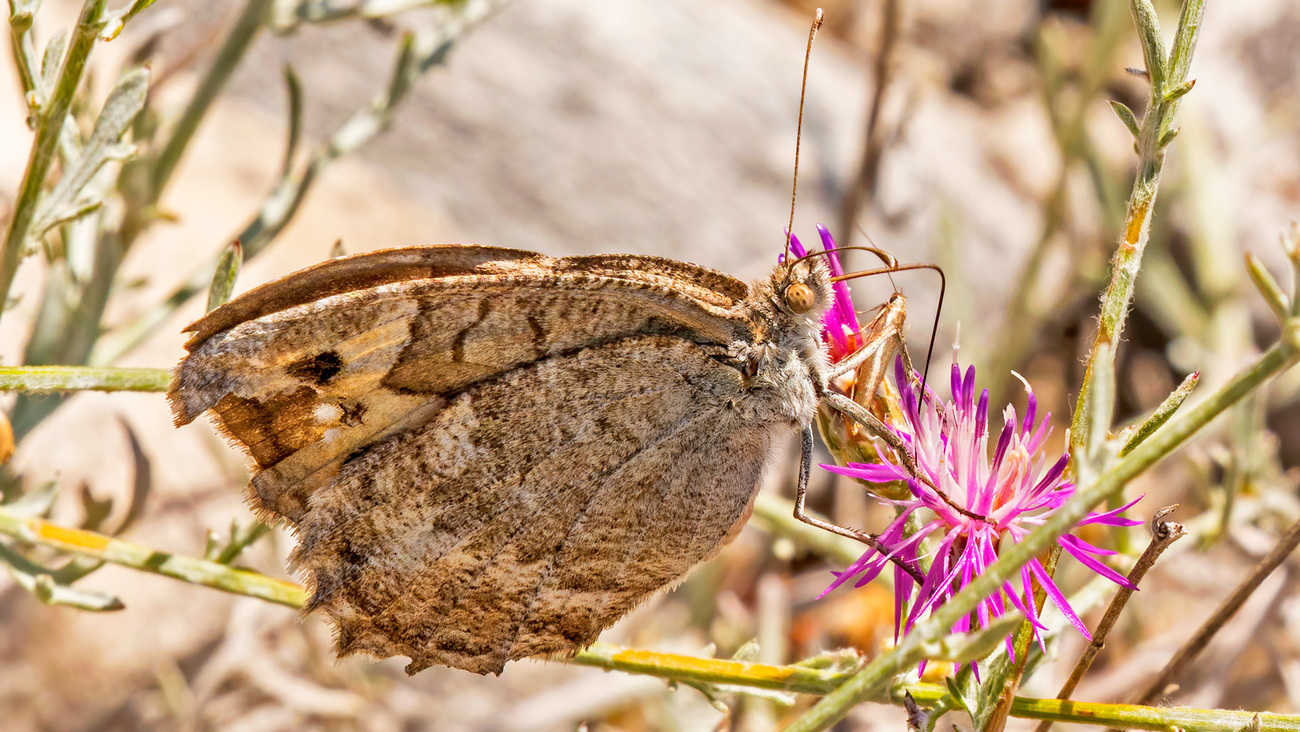Revised EU Action Plan against Wildlife Trafficking: Where do we stand one year later?
Revised EU Action Plan against Wildlife Trafficking: Where do we stand one year later?

Wildlife trafficking is one of the largest global crimes. It contributes to the decline of biodiversity, elevates the threat of zoonotic diseases, and imposes adverse socioeconomic effects, especially in countries from which animals and wildlife products originate.
The European Union functions as a central hub for wildlife trafficking. Therefore, it holds a pivotal responsibility in addressing the issue. IFAW and other organisations have repeatedly called for the EU to step up its fight against wildlife trafficking.
The enhanced EU Action Plan
In order to better respond to developing circumstances, the European Commission updated the EU Action Plan against Wildlife Trafficking one year ago. The revised Action Plan outlined ambitious measures aimed at combating this issue. One year later, it’s time to take stock. During an event in November 2023, IFAW and the other co-organising NGOs— Eurogroup for Animals, Animal Advocacy and Protection, Humane Society International, and Pro Wildlife—discussed with key stakeholders where we stand in the fight against wildlife trafficking and what should be done.
A resource shortage
One key challenge continues to be the accommodation of confiscated animals. The capacities and resources in Europe are still not sufficient. Improved exchange of information and better coordination play a vital role. For example, during the November event, IFAW introduced its new online learning programme for enforcement authorities on handling confiscated live animals.
The role of EU Member States
The EU Member States have a key role to play in implementing the action plan through strengthened or new legislation. For example, positive lists of authorised pets would safeguard animal welfare, public health, and biodiversity. The feasibility study on the possible introduction of positive lists announced by the European Commission will provide a crucial contribution.
Harmonised rules and enforcement
There is still room for improvement in terms of implementation from the point of view of the involved stakeholders. There is widespread agreement that ambitious, harmonised rules to fight online wildlife trafficking are needed. Equally important is the training of enforcement officers on wildlife cybercrime.
Loopholes remain

Some loopholes remain in EU legislation that allow the trade of illegally acquired species. One example is the Macedonian grayling, an endangered butterfly that is often sold online. EU legislation allows trade in species that have been illegally obtained in their country of origin, provided they are not covered by the CITES treaty. This shows that further legislation is needed to protect wildlife in its country of origin.
Timely and proper implementation is key
Despite some continuing shortcomings, the revision of the Action Plan against wildlife trafficking has brought new commitments and ambition. To protect wildlife and preserve our planet’s precious biodiversity, timely and effective implementation of the revised Action Plan is now essential.
Related content
Our work can’t get done without you. Please give what you can to help animals thrive.